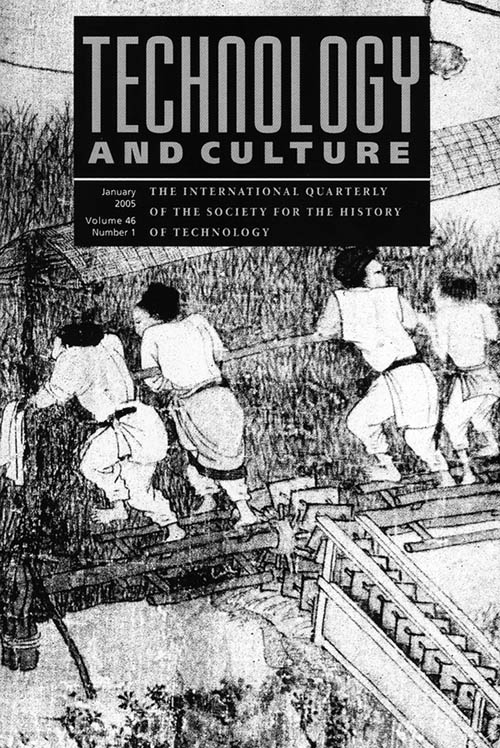Rice and Silk
Today, rice and silk. The University of Houston's College of Engineering presents this series about the machines that make our civilization run, and the people whose ingenuity created them.
Historian Roslyn Lee Hammers tells an intriguing story of economic development in Medieval China. A minor official, Lou-Shu, created a scroll in the mid-twelfth century -- in the Sung Dynasty. It was a kind of technical manual, written for his emperor. It explained, in detail, the laborious processes of producing rice and silk.
Rice and silk, it seems, were the coin in which farmers paid their taxes. The scroll was a cloaked plea to the emperor that he be aware of the texture of the toil that supported him. Maybe if he understood, he would show greater respect to the farmer. Maybe he would bridle his more brutal and self-serving tax collectors.
The scroll consists of pictures and poems. Twenty-four detailed pictures show the steps in producing both rice and silk. The poems refer only obliquely to the pictures; and most describe the backbreaking toil required to satisfy tax collectors. Yet they do so with a kind of bucolic sentimentality -- honorable happy peasants.
But Hammers is surprised by one image and its poem. Using typical metaphorical Chinese language of those times, Lou-Shu describes a device that reduces labor. He calls it a Crow's Tail. It's a treadmill-driven water pump -- a version of what we call a noria. The picture shows three men and one woman. Their arms rest upon a bar while their bare feet walk the treadmill. It drives a continuous chain of square plates in a square channel. The plates pick up water and push it out through the rice paddies for irrigation. A woven mat above their heads shades them from the sun.
Lou-Shu names the device by identifying the square plates with the squarish shape of a crow's tail. He waxes lyrical as he writes:
How can it be that a crow's tail can hold water
And make it flow backwards, draining the pond?
Well, Hammers finds a dark side here. Lou-Shu's father seems to've installed a whole array of these pumps and was using them, not only to irrigate existing fields, but also to open up new ones.
Opening new fields got them a tax break; but draining the lake depleted the water supply for the farmers on the other side. For them, all this had to be a disaster. No wonder Lou-Shu includes this one high-tech labor-saver in his scroll. It helps justify his village's action against the other farmers.
So the old drama of technology and change plays out here. New technology means trouble. We like to scorn the Luddites for resisting new technology. The word Luddite has become shorthand for the grim fact that technological change is disruptive. In the end, Hammers is guardedly sympathetic to Lou-Shu because, in the long run, everyone's better off when farmers no longer have to lug water buckets to their paddies. And Lou-Shu puts it this way:
Now the rice dances in emerald waves,
Woven rush mats offer cool relief from the sunlight.
The setting sun shines on young willows,
The farmers with laughter and songs relax with young maidens.
I'm John Lienhard, at the University of Houston, where we're interested in the way inventive minds work.
R. L. Hammers, "How Can It Be that a Crow's Tail Can Hold Water?" The Square-Pallet Pump in Lou Shu's Pictures of Tilling and Weaving. Technology and Culture, No. 1, Vol. 46, January 2005, pp. 132-136, and Cover.
